If you have a startup, you know how tough it can be to get things off the ground.
There are lots of entrepreneurs with brilliant ideas.
What most of these entrepreneurs don’t understand is how to get their startup from a great idea to a stable and successful business with lots of money in the bank.
Startups struggle for a wide variety of reasons, but this lack of understanding seems to be at the heart of many of their problems.
As a startup, what can you do?
It’s not like you can make money without a fully formed idea or product to sell, right?
Actually, you can.
With a little bit of planning and the right approach, you can take steps to build a successful audience before your startup is ready for launch.
It’s important because, according to a Harvard study, 75% of venture-backed startups fail.
So how can you improve your chances of success?
One of the things successful startups focus on is getting their business ready for launch.
How do you get your startup ready for launch?
Step 1: Find your target audience
CB Insights found 42% of startups failed for the same reason.
What’s the number one reason? A “lack of a market need for their product.”
Customers aren’t interested in buying the products startups are selling, but startups are typically the last ones to realize that.
Most startups fall in love with their own idea.
That’s due partly to bad advice telling entrepreneurs to “scratch their own itch.”That’s good advice if lots of your customers think and feel the way you do.
That’s good advice if lots of your customers think and feel the way you do.
A better idea would be to choose a target audience, then scratch their itch.
How do you do that?
You find out what they want. Then, you give it to them.
It sounds pretty simple, and it is — but it’s not that easy. If you’re really trying to give your customers what they want, you have to work at it.
That means you’ll have to get to know them really well.
There are lots of ways to do that. You can:
- Interview customers, asking them about their desires, goals, fears, and frustrations.
- Run a survey.
- Create a contest that’s directed at your target audience.
- Create something, anything, then ask your target audience for feedback.
- Read product reviews on similar products to get helpful feedback.
- Look at the popular articles on the web.
- Use Google Trends and Keyword Planner for market research.
You can do a lot more to learn more about your customers and your target audience. The point is, it’s something you should spend a lot of time on.
Why?
Because good research sets the foundation for everything else that you do.
If you don’t know your customers and don’t understand what they want, you can’t create the right product. You’re far more likely to create the wrong product at the wrong price.
If you make this mistake, your marketing is already ruined.
The vast majority of the things you care about simply won’t matter to your customers.
They won’t buy what you’re selling, you won’t make money, you’ll run out of cash, and eventually, you’ll be out of business.
In fact, the vast majority of problems and headaches a startup encounters can be traced back to creating a product customers don’t want.
Don’t believe me? Take another look at the chart I posted earlier.
If you create the wrong product:
- There’s obviously no need for the product you’re selling.
- You can’t compete with competitors because you’re not selling the right product.
- You’re going to have price/cost issues because it’s going to be more expensive to get a single customer.
- Marketing will be terrible because you’re selling the wrong product.
- You’ll ignore the customers you do have when they complain because things aren’t going well overall.
All of the above means it’s easier to lose focus, passion, or financing, which also means if you have any investors, they won’t fund your next round.
I’m driving the point home here because it’s so important that you identify your target audience, create personas, and get to know your customers early on.
If you’re tempted to skip this step, or you feel you already know your customers, resist the temptation.
As your startup grows, your customers change.
Learning from your customers is an ongoing, never-ending process. It’s an incredibly important part of running a successful business.
Step 2: Validate your idea
Most startups jump right into building a minimum viable product (MVP), which is a bad idea at this point, even if you’ve taken the time to get to know your customers and your target audience.
Your next step should be validating your product (or service) idea.
It’s not enough to get to know your customers. You’ll need to get your customer’s perspective on your idea.
Your goal should be to verify that the product gives your customers what they want, whether they want you to solve a problem, teach them something, or just entertain them.
You’ll also need to validate to flush out any customer resistance.
This gives you the ability to factor their resistance into your product or service before you’ve invested a lot of time and money into building the perfect product.
The best way to validate your idea is with real, paying customers.
Crowdfunding relies entirely on pre-selling an idea. Let’s look at an example.
“Kung Fury” is an over-the-top 80’s action comedy that draws heavily from cop movies. David Sandberg, a Swedish filmmaker, wanted to create this film.
He didn’t have the money.
So, he created an over-the-top trailer and used it to pitch his idea on Kickstarter.
The Internet loved his idea. So, instead of getting the $200,000 he was asking for, he received $630,019! That enabled Sandberg to create his short film.
He used press coverage to drive potential customers to his Kickstarter campaign.
Then, he used content in the form of his trailer, Kickstarter incentives, and copy to sell customers on his idea.
He used customers to validate his idea and customers responded, giving him cold, hard cash. It’s a straightforward method startups can use to validate their idea.
What if your idea isn’t as entertaining as “Kung Fury”?
You can still use pre-selling to validate your idea. Once you’ve spent the time getting to know your customers, you feed that information back to them on your sales page, testing different variations to see what works best.
You can even mix and match your offers to see what works best. You can use:
- Early bird discounts using urgency and fear of loss to attract customers on the fence.
- Exclusive bonuses that are only available to customers who were there from the beginning.
- Badges, tools, or banners that give customers bragging rights.
- Giving customers extra time or attention in exchange for their support.
- Contests that reward customers with a staggered set of rewards (e.g., rewards for 1st, 2nd, 3rd, 4th place, etc.)
I used a few of these strategies to sell Quick Sprout University.
The good news is that pre-selling isn’t limited to crowdfunding. You can use whatever system you like to pre-sell your products and services to customers.
All you need is a web page and shopping cart.
Another way you can validate your idea is with advertising.
You can create a low-cost advertising campaign to drive traffic to your product or service.
If you don’t have a product or service yet, that’s okay.
You’re looking for interest.
Create a landing or sales page with an irresistible offer. Make sure it’s well-designed and has a strong value proposition.
Next, create a test ad campaign on AdWords, Facebook, LinkedIn, Twitter, etc.
Send traffic to your landing/sales pages. Offer customers the chance to subscribe, sign up, or register for something related to your site.
The Grid used pre-selling to sell people on the idea of websites built by AI.
Customers who bought during the Grid presale became known as “founding members.”
Founding members received exclusive benefits, bonuses, and prizes.
The point here is that you’re using your ads to gauge customer interest and measure their objective interest.
It’s really important that you know your target audience here, though, as you’ll need precise details on the customers you’re targeting.
Tim Ferriss is famous for using Google AdWords to test his book titles. Using AdWords, he saw that customers responded best to The 4-Hour Workweek.
What if you don’t want to or can’t spend any money? Is there a way to validate your idea without spending any money?
Absolutely.
Validate your ideas with feedback and interviews
You can reach out to the people in your target audience to validate your idea. Once you understand your target audience and have a rough idea of your product or service, you can put together a short list of questions.
Let’s say you’re selling a new CRM app, and you’d like to create something B2B customers will want to use.
What kind of questions would you ask potential customers in your target audience? Here are some ideas:
- When it comes to managing your sales team, what’s your biggest frustration?
- What’s the most frustrating part about selling to/closing customers in your pipeline?
- If we could help you close 1/3 more customers in your funnel, would you be interested?
- How would you prefer to learn about closing or managing the customers in your pipeline?
- What about our offer makes you feel skeptical, nervous, or unsure about us?
You can use surveys, one-on-one interviews, polls, and social media platforms to get the feedback you need. You’re looking for patterns or trends in responses to validate your idea.
This isn’t as ironclad as pre-selling your product, but it’s still really effective because the people you’re asking don’t know you. They don’t really care about your company, product, or service, so there’s less incentive for them to tell you what you want to hear.
If you want to offer an incentive, that’s fine. Just make sure it’s relevant to your product or service. It’s a good idea to avoid generic prizes like Amazon gift cards, iPads, or electronics.
If it’s possible, offer customers something you’re currently selling (or plan to sell later).
Step 3: Focus on building your audience first
At this point, you should be ready to build your audience. This is where the real work starts. It’s definitely not easy, but it’s much easier than it would be if you decided to “wing it.”
By now, you should know several things:
- You understand your target audience, and you know your customers.
- You have insider knowledge of your customer’s desires, goals, fears, and frustrations. You know what their problems are.
- You’ve validated your idea with real customers in your target audience, whether that’s through pre-selling, surveys, or one-on-one interviews. You’ve done what it takes to get actual customer feedback.
- You’ve incorporated that feedback into your product or service, using it to make your product or service better and stronger.
This means you’re ready to build an audience.
Why would you focus on building an audience when your product isn’t even finished?
- You build a group of engaged customers ahead of time.
- You get crucial feedback from your target audience as you’re developing your product.
- You build the product customers want and are willing to pay for.
- A large audience gives you more leverage when pitching investors because it shows there’s demand for your product.
- A captive audience gives you the chance to adapt and iterate on your project quickly.
- If you need to pivot, it’s easier when you know the what, why, and when.
It’s not uncommon for startups to focus on building an audience before they have a product. But it’s pretty uncommon to see it done well.
Robinhood leads with their irresistible offer, stating they offer $0 commission stock trading which, at the time, was pretty unheard of.
Their simple landing page, strong value proposition, and irresistible offer worked amazingly well. With this landing page, they were able to gather almost 1 million pre-launch users.
Step 4: Build a relationship with your audience
It’s really important to build a strong relationship with your audience.
How do you do that?
You teach your subscribers something they want to learn about. You share amazing content they want to read.
It’s simple, but it’s not easy.
If you want to create great content for your customers, take the time to follow these steps.
Creating great content is fairly straightforward, assuming you’re great at communicating with customers. Here are three simple steps you can follow if you’d like to keep your subscribers engaged:
- Create interesting content.
- Create relevant content consistently.
- Engage with your subscribers, followers, and fans.
Do that, and it’s easier to attract more and more potential customers who are interested in supporting your startup.
This doesn’t eliminate list decay though.
Unfortunately, it’s inevitable for reasons beyond our control. Maybe customers are no longer in the market for our products and services. Or, something about our content rubbed a subscriber the wrong way.
It could be that we accidentally offended them. Maybe they chose to work with or follow a competitor.
There are lots of reasons why customers leave, and it’s not always easy to find the right answer. Most customers won’t share the reasons they left or why they’re no longer interested.
Right now, it’s the price of doing business. Just be sure to factor that into your marketing plans.
There’s another important reason why you need a strong relationship with your audience.
Traffic.
A good relationship means consistent, stable website traffic because it’s traffic you control. Publish something interesting on your site, and customers automatically show up.
Attract enough subscribers, followers, and fans, and your site begins to grow organically.
Step 5: Find partners to work with
Most people think HubSpot used inbound marketing alone to grow into the success story it is today. Inbound marketing made a huge difference for their marketing strategy, but the real secret was partnerships.
Peter Caputa, former VP of Sales at HubSpot, used partners to create a $100 million sales channel.
He developed and scaled HubSpot’s partner program, partnering with marketing and creative agencies to sell HubSpot to their clients.
It’s the secret that enabled HubSpot to grow so quickly.
Startups grow quickly when they have partners to work with. Affiliate marketing is the simplest way to attract long-term partners.
Here’s my step-by-step guide on the ins and outs of getting started with affiliate marketing.
Anyone and everyone, from solo entrepreneurs to Fortune 500 companies, can use affiliate marketing to generate the right kind of business for their customers and sales.
Here’s the catch.
Affiliate marketing works best when you partner with organizations that are similar to yours.
Why?
Because your affiliates may ask you to promote their startup, product, or service. If you don’t have a list, you won’t be able to return the favor.
This means you’re far less likely to get their help next time.
If you don’t have an audience of your own, you can still use affiliate marketing. It’s just a lot harder to get the partnership, revenue, or results you need.
Partnerships aren’t really limited to affiliate marketing either.
You can:
- Write guest posts on influential blogs and publications to drive traffic to your site.
- Pitch journalists and editors to receive press coverage.
- Negotiate deals on forums, LinkedIn, and Facebook groups.https://youtu.be/ZKHwu3aZwKY
- Syndicate your content on other high-profile sites
Step 6: Officially launch your product or service
You’ve defined your target audience and your customer. You’ve identified their desires, goals, fears, and frustrations.
Using customer feedback, you’ve created a product that customers want. You took the time to validate your idea before you created your product or service.
Customers validated your idea with an opt-in, pre-sale offer, survey, or feedback.
Next, you built an audience, focusing on developing a strong relationship with your audience and lots of engagement.
Finally, you found affiliate partners to work with.
If you’ve done the work, you’re ready to launch your product or service and promote your startup.
This step is incredibly important because your customers and your partners are looking for one thing. They want to see if you’ll get the product right.
To “get the product right,” you must:
Set expectations.
Customers, journalists, and partners all have ideas about what your product will or won’t be. What it should or shouldn’t do. It’s important for you to set expectations ahead of time.
Juicero was a startup that raised $120 million from investors.
They sold customers pre-made packets of chopped fruits and vegetables.
Customers purchased a $400 juicer to squeeze the packets. Plus the cost of individual juice packs delivered with a weekly subscription.
Tech blogs called it the “Keurig for juice.”
Then, investors found out the juice packets could be squeezed by hand. This didn’t fit the expectations customers, journalists, and investors had.
It quickly became a PR disaster the company couldn’t recover from, eventually causing Juicero to shut down.
Create a great product.
Theranos’s product was viewed as revolutionary. Their product was supposed to be a game changer for the medical field, making blood tests minimal, cheap, and available to all.
Theranos lost lucrative partnerships with Walgreens when they weren’t able to get their products to work. Walgreens eventually sued Theranos, and most of the value in Theranos has evaporated.
Provide great customer service.
Customers expect your startup to be hungry. Most of the time, there are several other alternatives they could be using, and they know it.
Customers gravitate toward startups with excellent customer service skills.
Customers expect your startup and the people in your startup to be:
- Honest with them
- Committed to open and transparent dialogue on important issues
- Aware of their needs
- Accessible and easy to reach
Creating the right product means you’ve created something your customers want. When you’ve created the right product, journalists and partners are usually eager to promote it.
Get things right, and your launch will give your startup the stability it needs to be successful.
Conclusion
Getting your startup off the ground is a lot of work.
A lot of entrepreneurs work backward, spending most of their time and money on building the perfect product. This strategy can work, but it’s usually due to luck and other outside factors.
Successful startups follow a plan.
They focus their attention on their customers. They build products and services around their customers’ desires, goals, fears, and frustrations. They validate their ideas, verifying that the ideas they develop are focused on what their target audience wants.
Most startups try to build the perfect product. Your customers want the right product. Focus your time and attention on the details that matter most to your customers, and you’ll move your startup closer to launch.
What steps will you take to get your startup ready for launch?

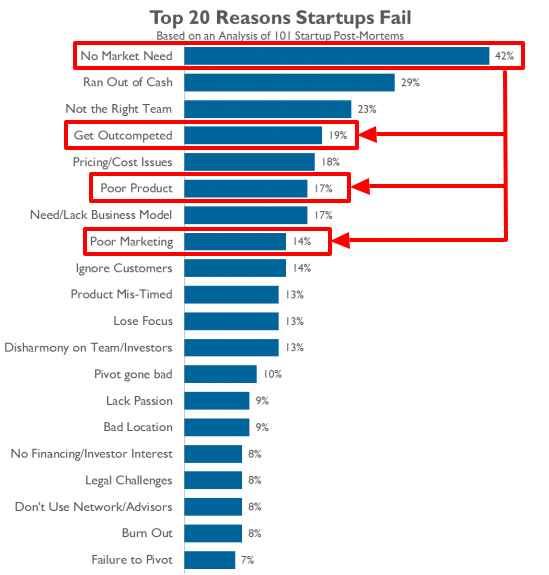



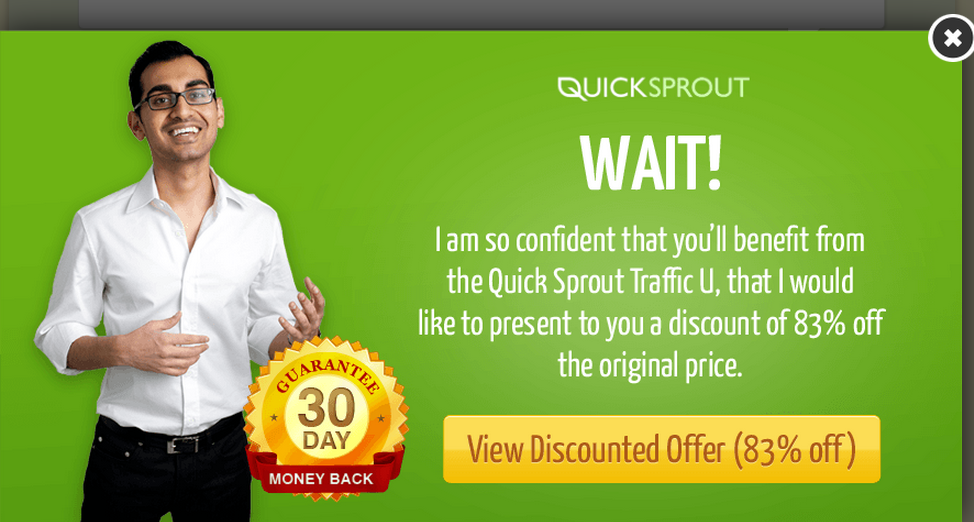
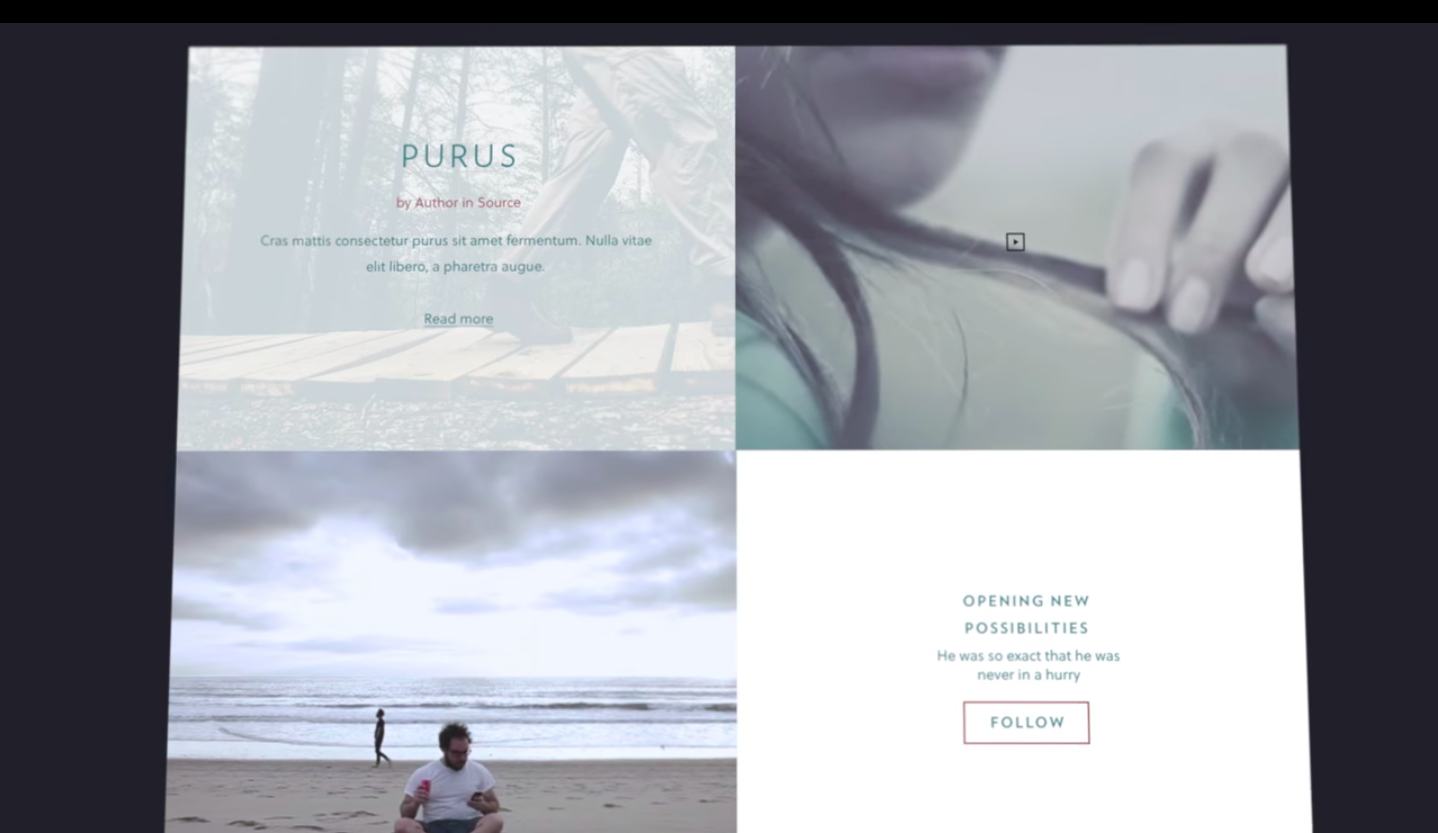
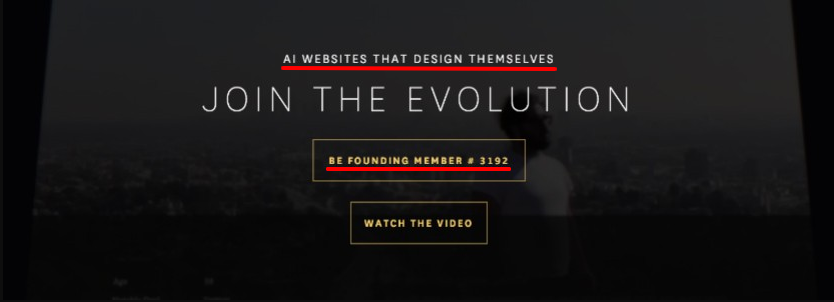
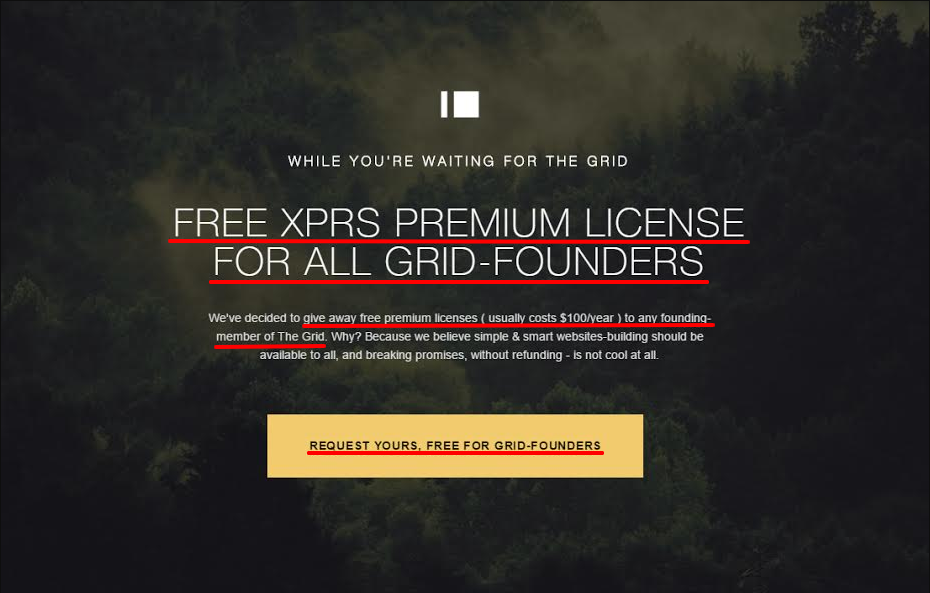



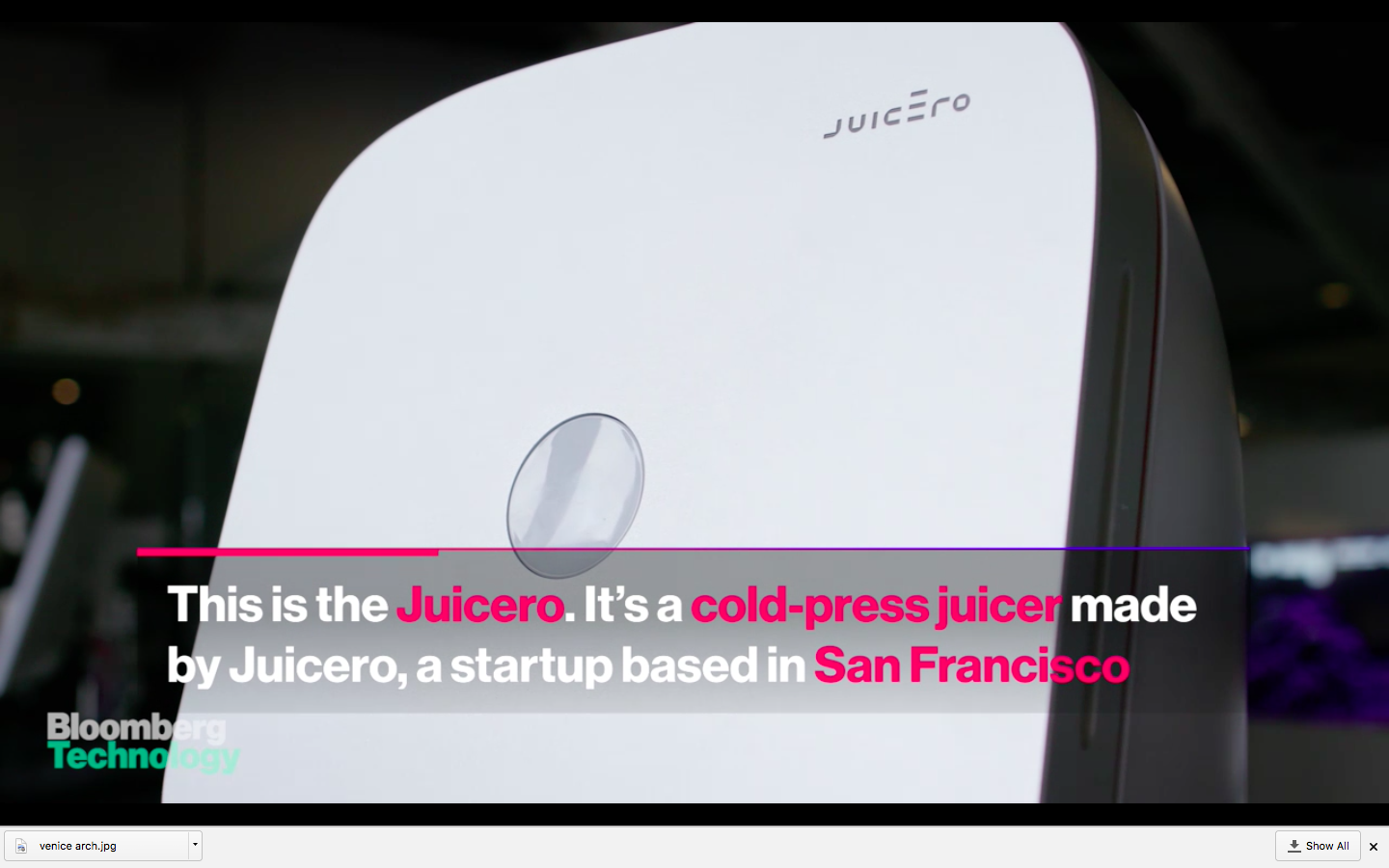


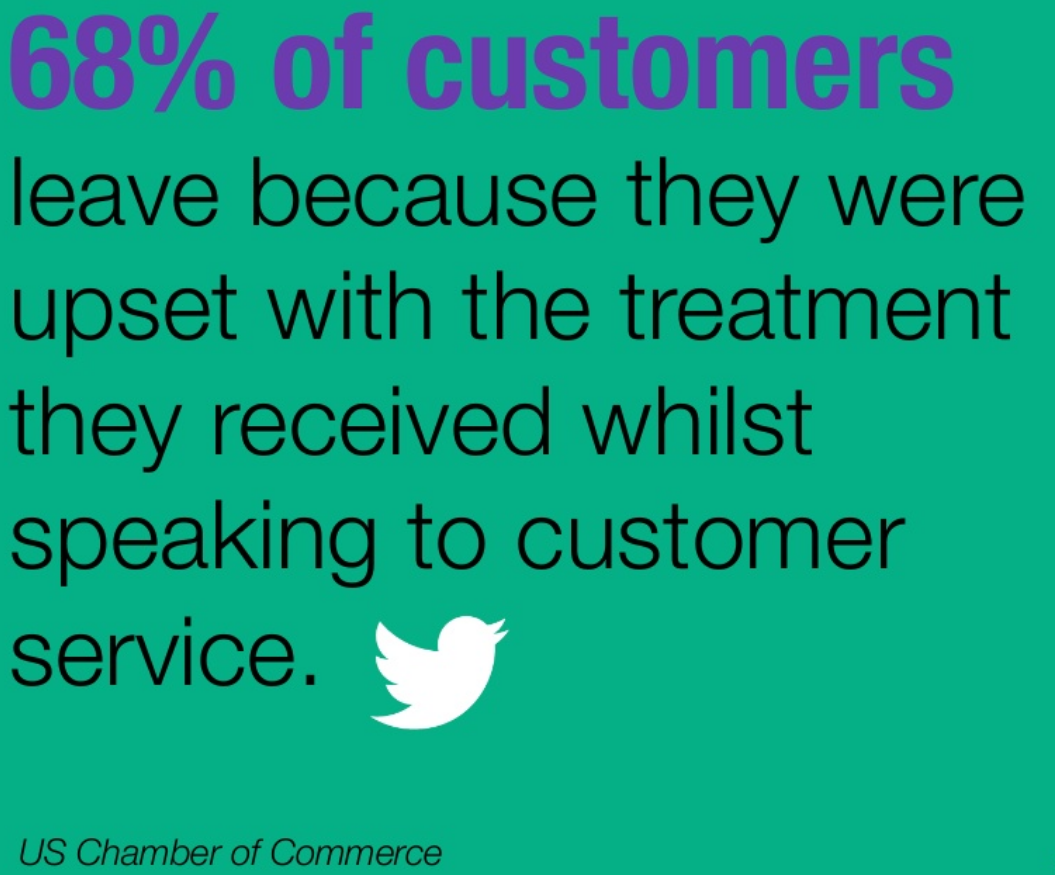
Comments (2)